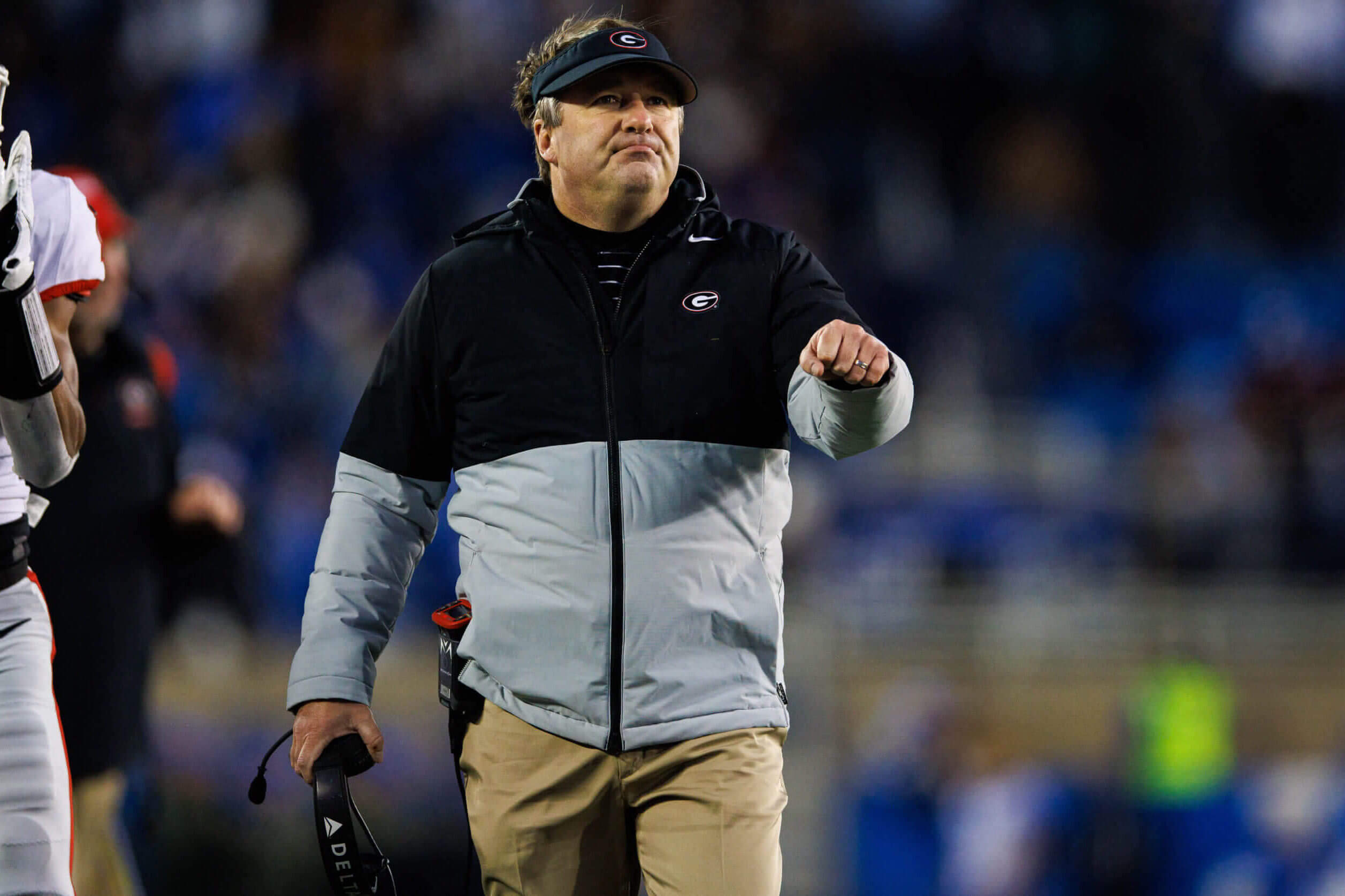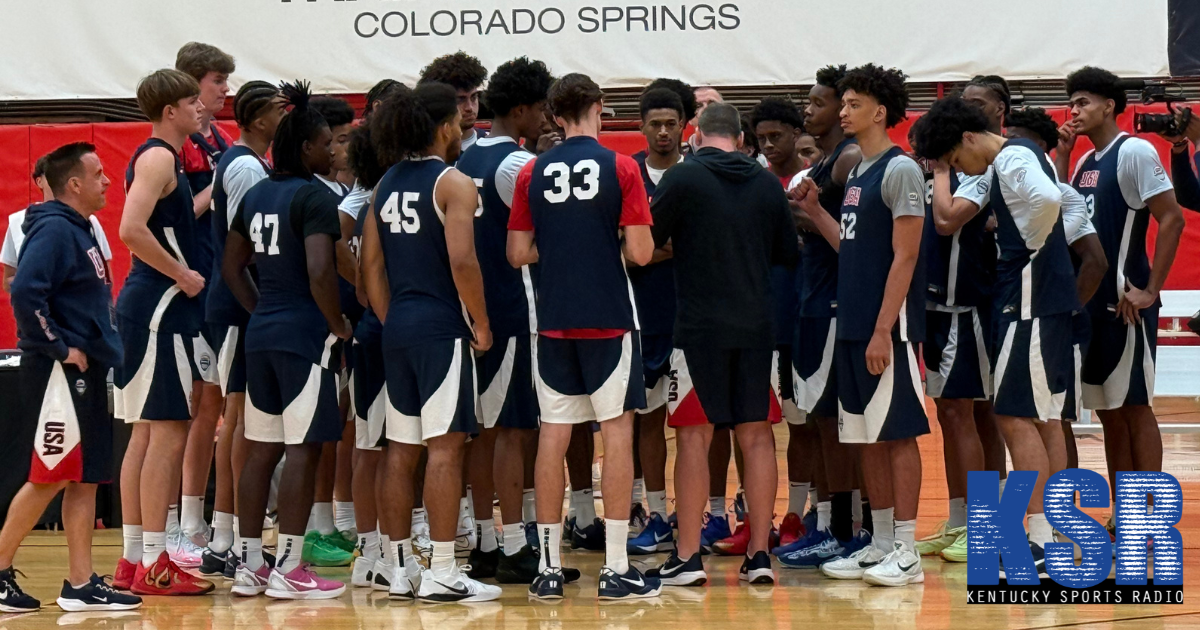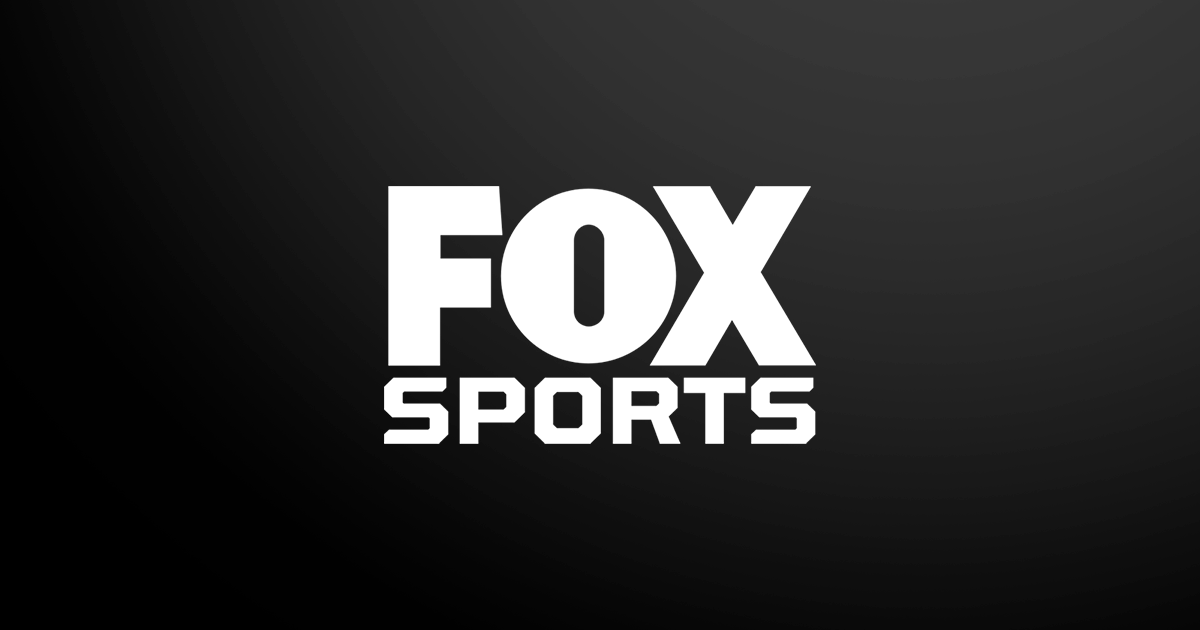Associated Press
Louisiana is poised to hike taxes on sports betting to pump more than $24 million into athletic departments at the state’s most prominent public universities.
Legislation pending before Gov. Jeff Landry would make Louisiana the first state to raise taxes to fund college sports since a judge approved a landmark settlement with the NCAA allowing schools to directly pay athletes for use of their name, image and likeness (NIL). Anticipating the court’s approval, Arkansas this year became the first to waive state income taxes on NIL payments made to athletes by higher education institutions.
More states seem almost certain to adopt their own creative ways to gain an edge — or at least keep pace — in the rapidly evolving and highly competitive field of college sports.
“These bills, and the inevitable ones that will follow, are intended to make states ’college-athlete friendly,’” said David Carter, founder of the Sports Business Group consultancy and an adjunct professor at the University of Southern California. But “they will no doubt continue to stoke the debate about the `perceived’ preferential treatment afforded athletes.”
The new NCCA rules allowing direct payments to college athletes kick in July 1. In the first year, each Division I school can share up to $20.5 million with its athletes — a figure that may be easier to meet for big-time programs than for smaller schools weighing whether to divert money from other purposes. The settlement also continues to allow college athletes to receive NIL money from third parties, such as donor-backed collectives that support specific schools.
Louisiana bill sponsor: `We love football’
The Louisiana legislation won final approval just two days after a judge approved the antitrust settlement between the NCAA and athletes, but it had been in the works for months. Athletic directors from many of Louisiana’s universities met earlier this year and hashed out a plan with lawmakers to relieve some of their financial pressures by dividing a share of the state’s sports betting tax revenue.
The biggest question for lawmakers was how large of a tax increase to support. The initial proposal sought to double the state’s 15% tax on net proceeds from online sports betting. But lawmakers ultimately agreed on a 21.5% tax rate in a compromise with the industry.
One-quarter of the tax revenue from online sports wagering — an estimated $24.3 million — would be split equally among 11 public universities in conferences with Division I football programs. The money must be used “for the benefit of student athletes,” including scholarships, insurance, medical coverage, facility enhancements and litigation settlement fees.
The state tax money won’t provide direct NIL payments to athletes. But it could facilitate that indirectly by freeing up other university resources.
The legislation passed overwhelmingly in the final days of Louisiana’s annual session.
“We love football in Louisiana – that’s the easiest way to say it,” said Republican state Rep. Neil Riser, who sponsored the bill.
Smaller universities are feeling the squeeze
Many colleges and universities across the country have been feeling a financial squeeze, but it’s especially affected the athletic departments of smaller schools.
Athletic departments in the top Division I football conferences take in millions of dollars from media rights, donors, corporate sponsors and ticket sales, with a median of just 7% coming from student fees and institutional and government support, according to the Knight-Newhouse College Athletics Database.
But the remaining schools in Division I football bowl conferences got a median of 63% of the revenue from such sources last year. And schools without football teams got a median of 81% of their athletic department revenues from institutional and governmental support or student fees.
Riser said Louisiana’s smaller universities, in particular, have been struggling financially and have shifted money from their general funds to their sports programs to try to remain competitive. At the same time, the state has taken in millions of dollars of tax revenue from sports bets made at least partly on college athletics.
“Without the athletes, we wouldn’t have the revenue. I just felt like it’s fairness that we do give something back and, at the same time, help the general funds of the universities,” Riser said.
Other states are investing in college sports
Louisiana would become the second state behind North Carolina to dedicate a portion of its sports wagering revenues to colleges athletics. North Carolina launched online sports wagering last year under a state law earmarking part of an 18% tax on gross gaming revenue to the athletic departments at 13 public universities. The state’s two largest institutions were excluded. But that might be about to change.
Differing budget plans passed by the state House and Senate this year both would start allotting sports betting tax revenue to the athletic programs at the University of North Carolina at Chapel Hill and North Carolina State University. The Senate version also would double the tax rate. The proposals come a year after University of North Carolina trustees approved an audit of the athletics department after a preliminary budget projected about $100 million of debt in the years ahead.
Other schools also are taking actions because of deficits in their athletic departments. Last week, University of Kentucky trustees approved a $31 million operating loan for the athletics department as it begins making direct NIL payments to athletes. That came after trustees in April voted to convert the Kentucky athletics department into a limited-liability holding company — Champions Blue LLC — to more nimbly navigate the emerging financial pressures.
Given the money involved in college athletics, it’s not surprising that states are starting to provide tax money to athletic departments or — as in Arkansas’ case — tax relief to college athletes, said Patrick Rishe, executive director of the sports business program at Washington University in St. Louis.
“If you can attract better athletes to your schools and your states, then this is more visibility to your states, this is more potential out-of-town economic activity for your state,” Rishe said. “I do think you’re going to see many states pursue this, because you don’t want to be the state that’s left exposed or at a disadvantage.”





























































